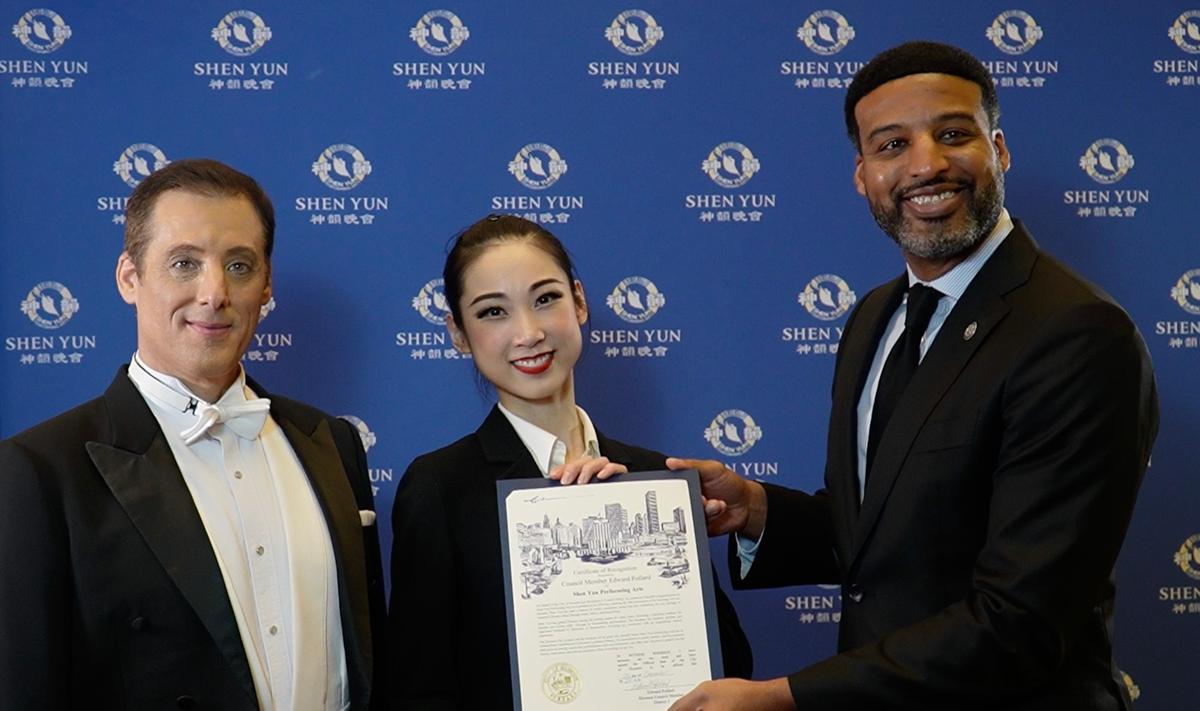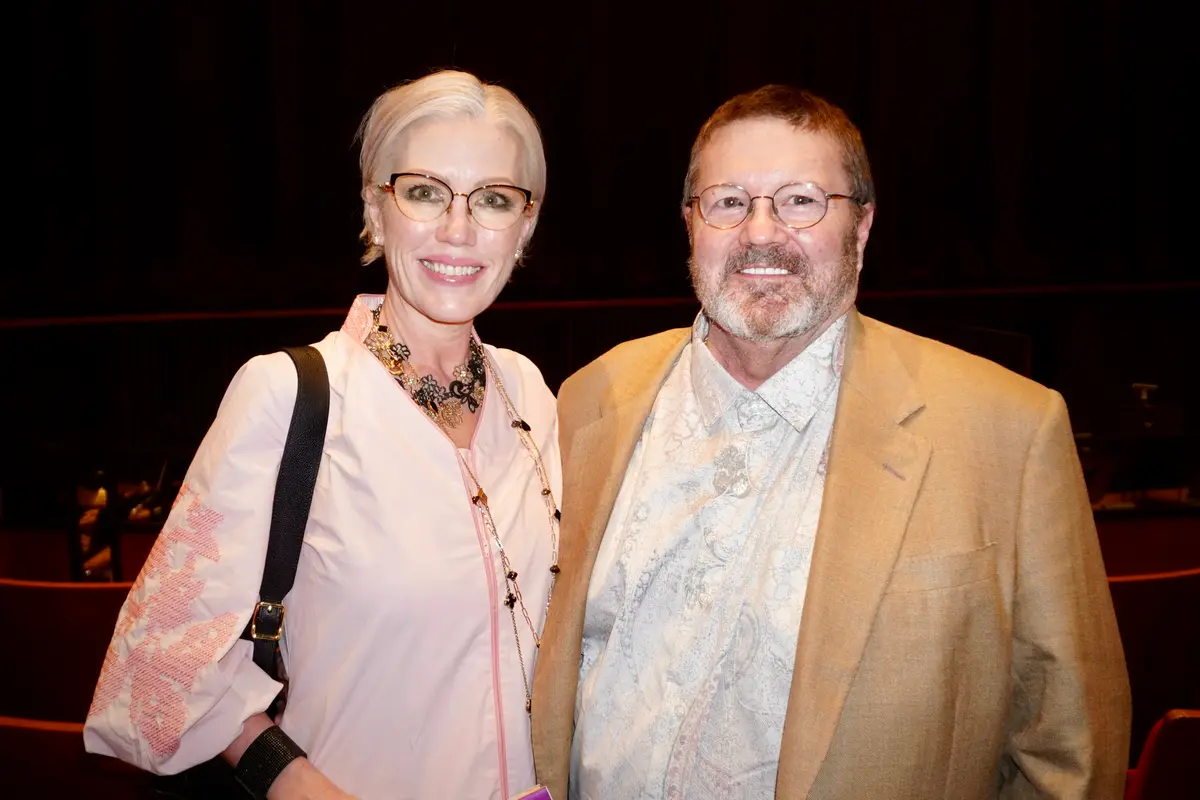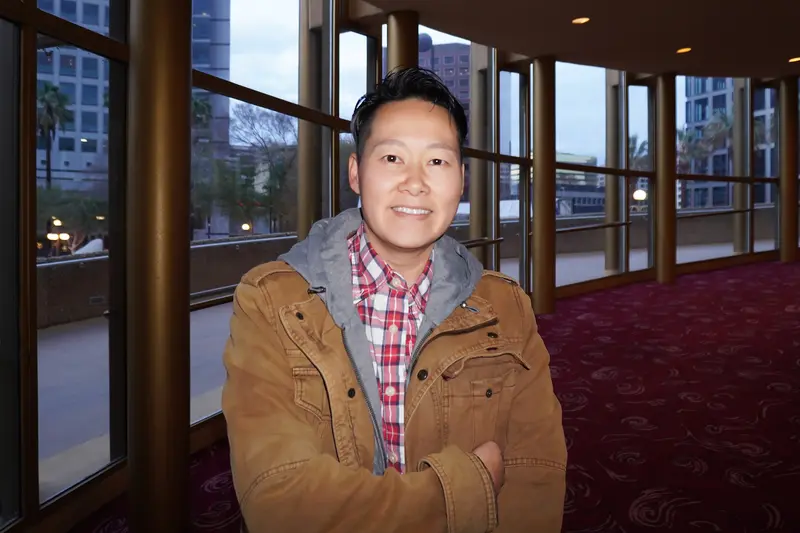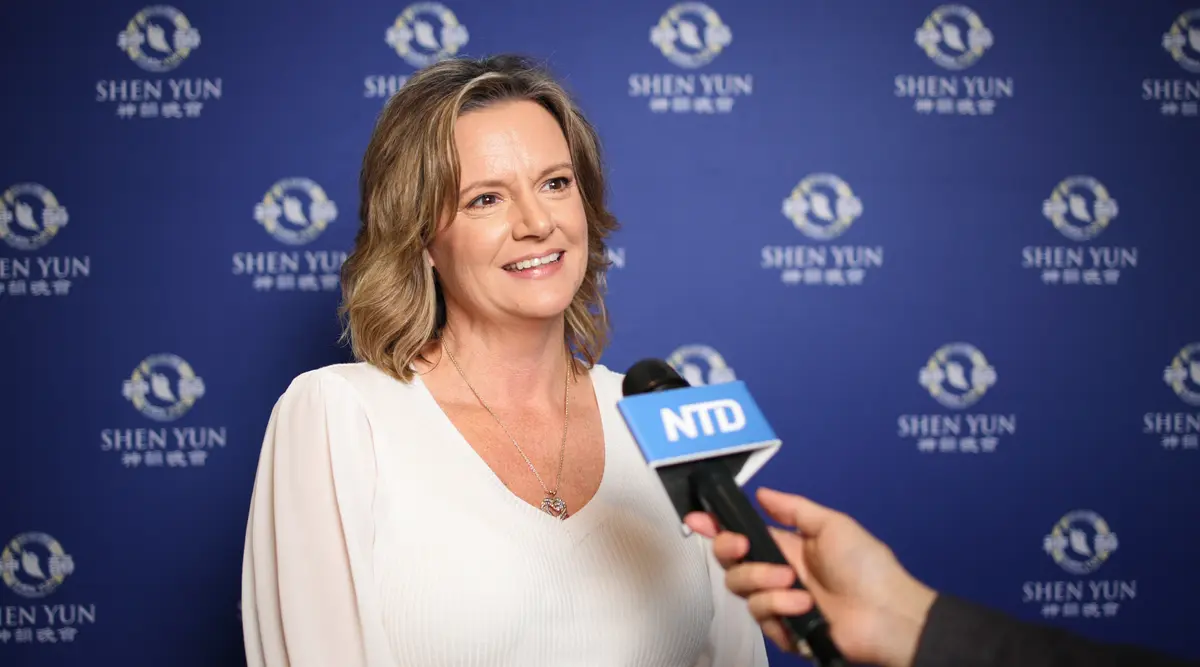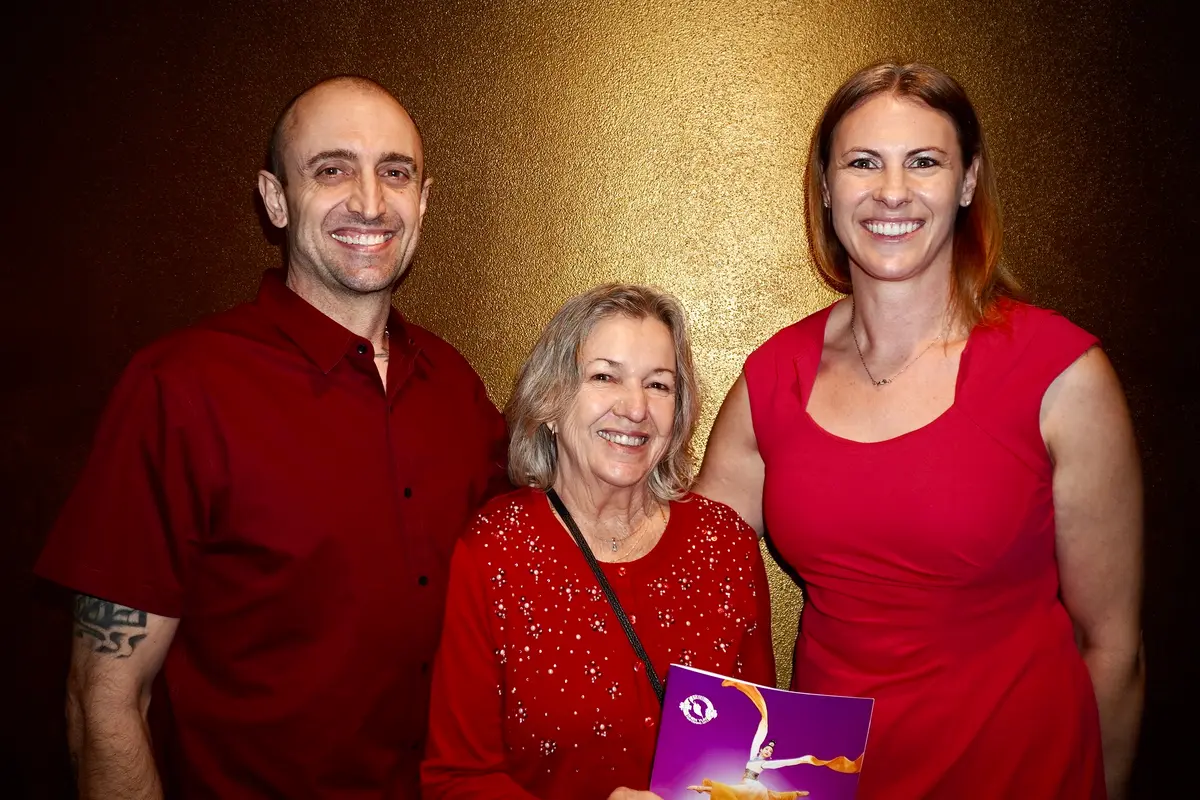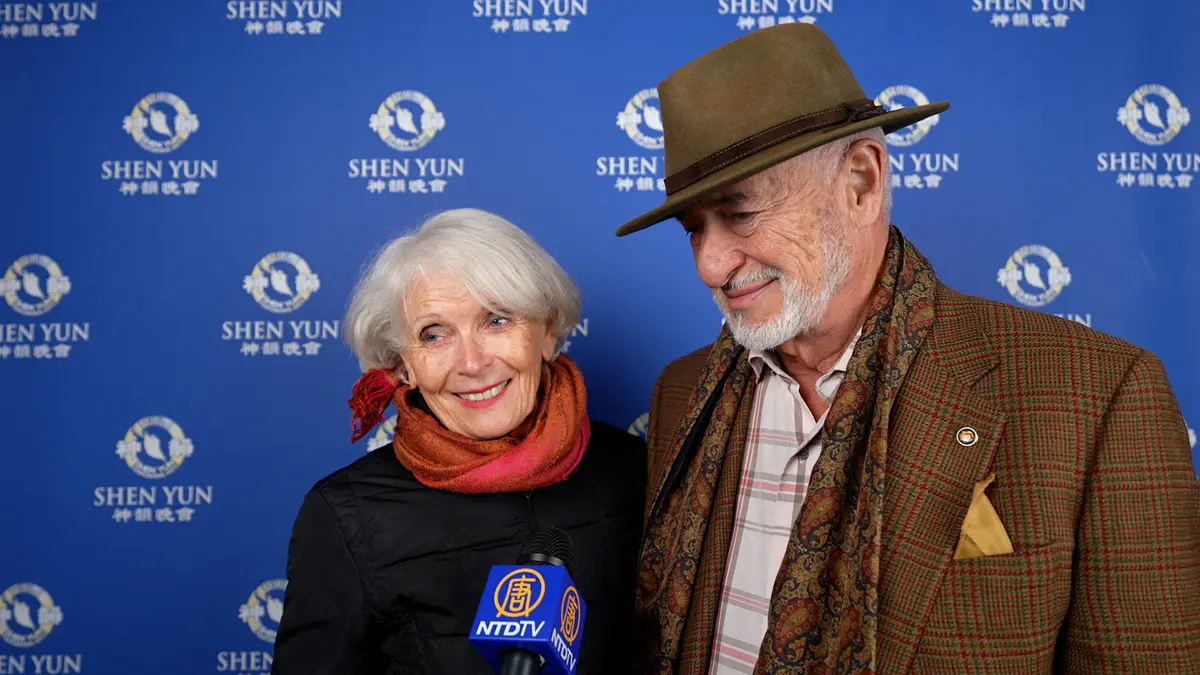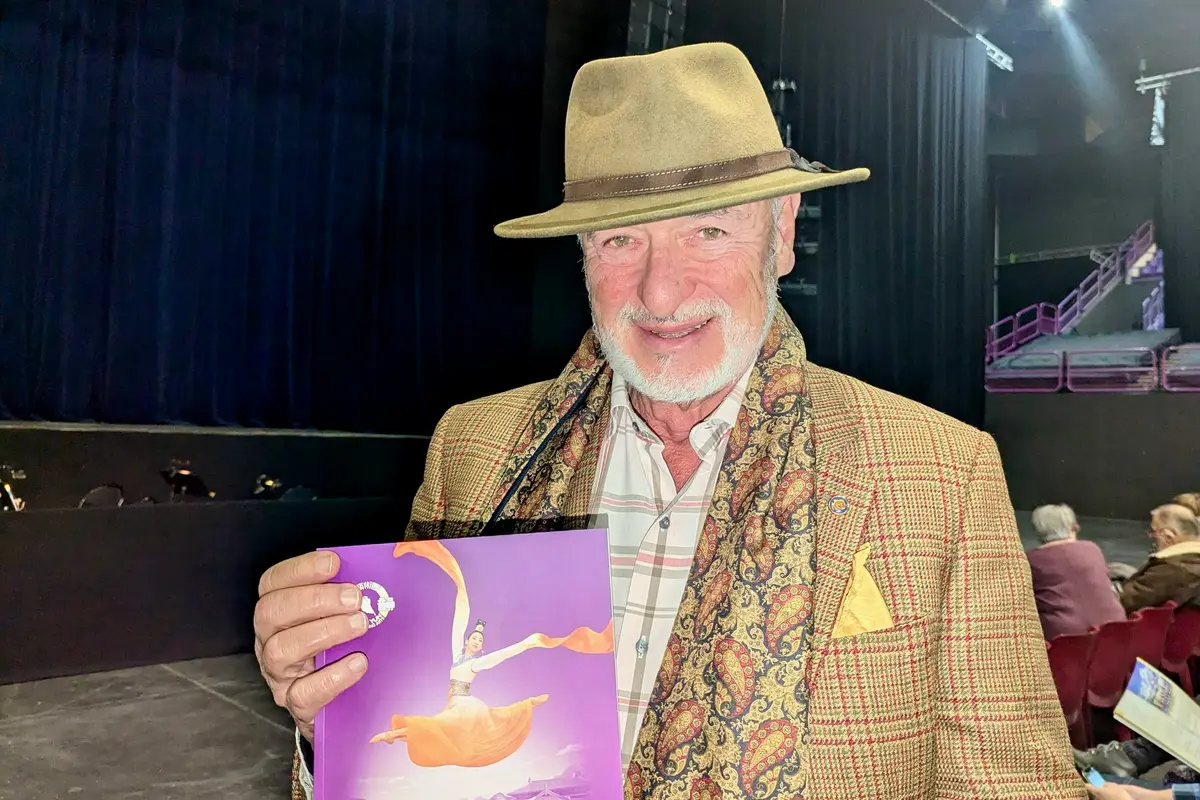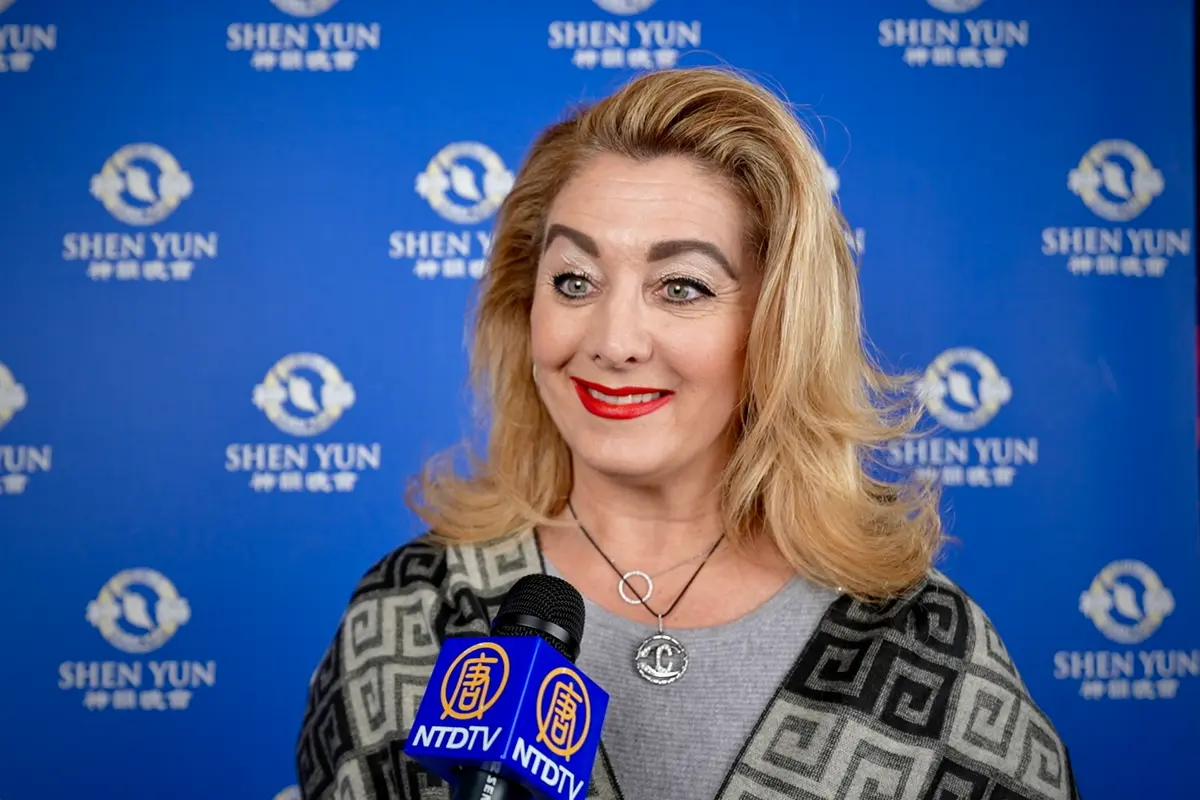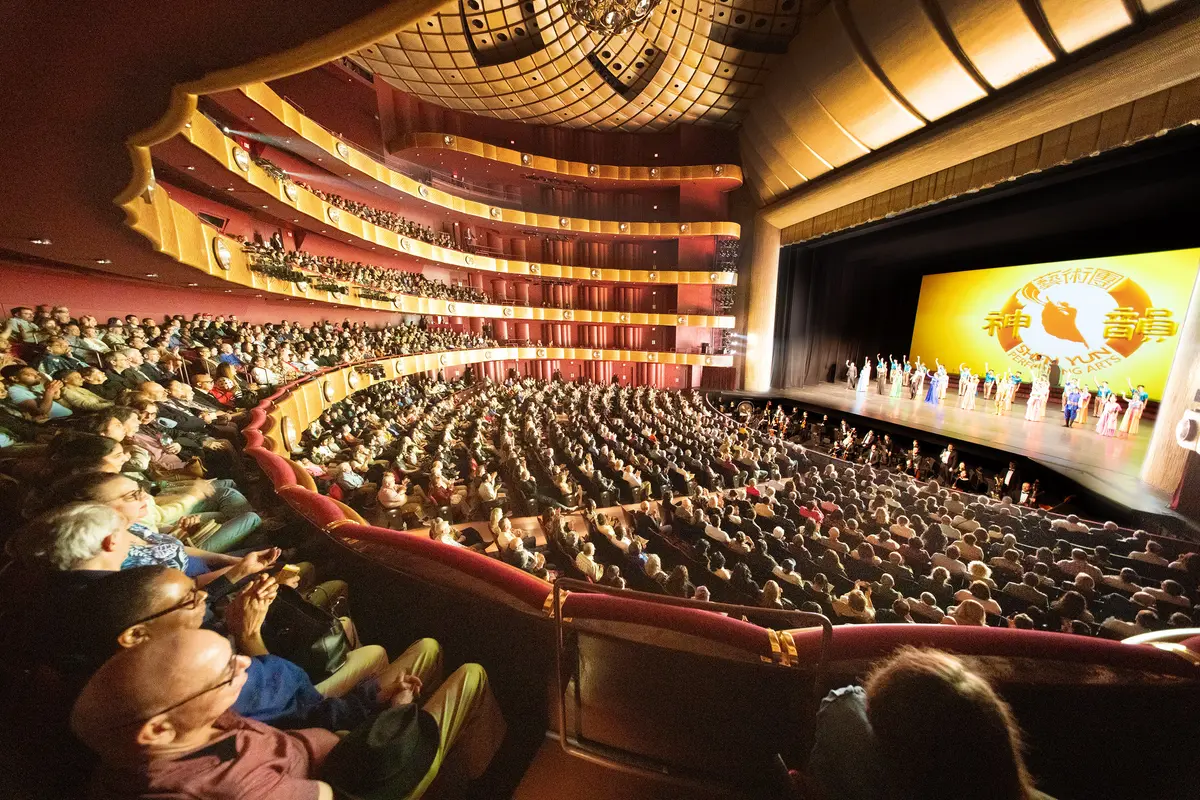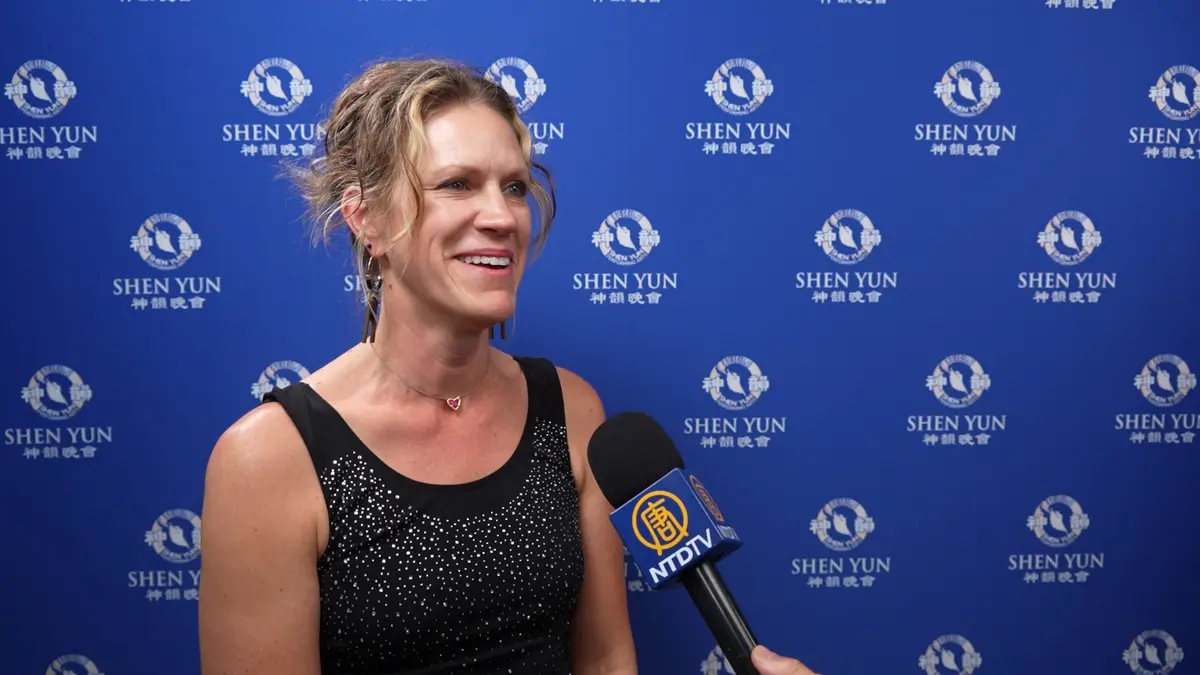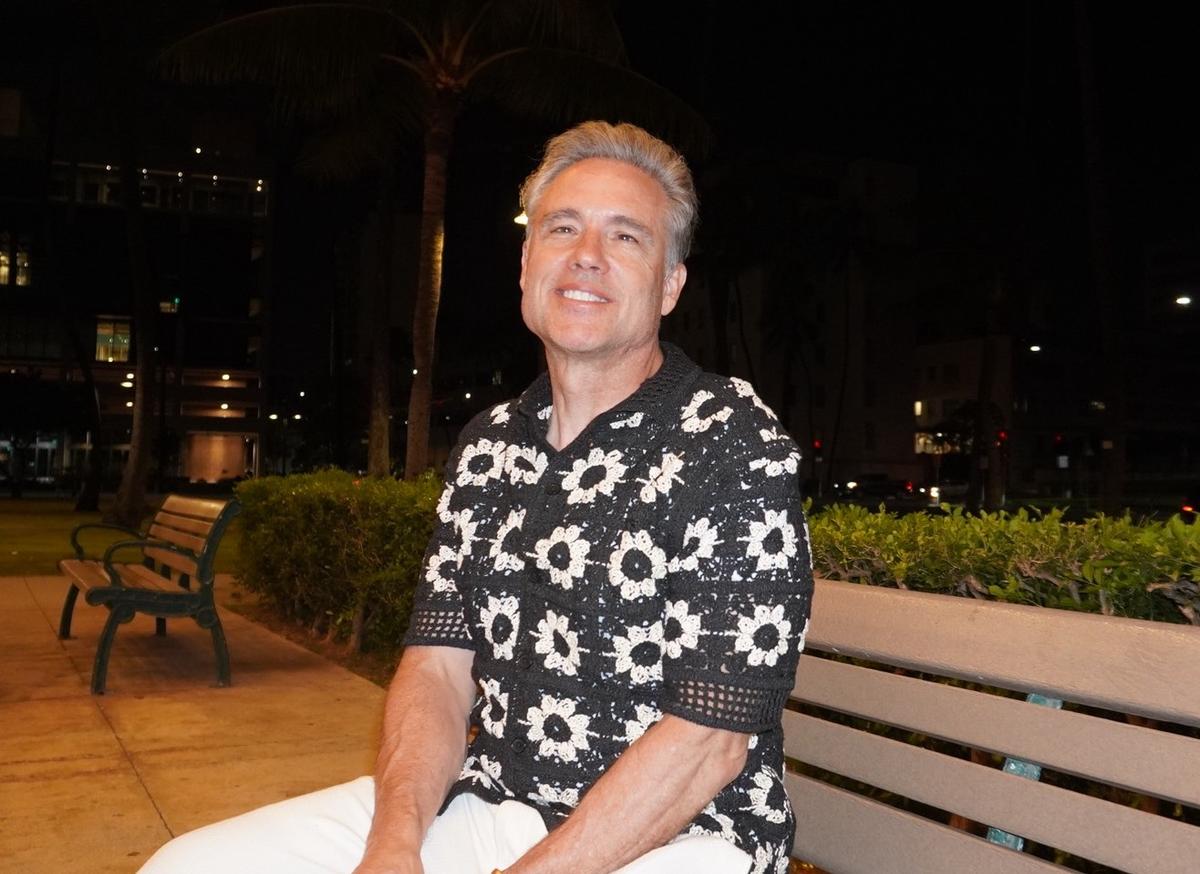In a bustling restaurant of excited chatter and shouting toddlers, Kaidi Wu is the opposite of her surroundings. Her voice is like a spring breeze—gentle and slow, serene and unhurried. She seems to emerge from a different world, a realm of tranquility and grace.

Inner Beauty of a Shen Yun Dancer
Dressed in a flowing white gown adorned with yellow and blue, Kaidi flurries a pink silk cloth and floats across the stage as if carried by a cloud in New Tang Dynasty (NTD) Television’s 2012 International Classical Chinese Dance Competition. There’s a twinkle in her eyes, a smile on her lips. Immersed in Kaidi’s self-choreographed piece, audiences can almost see the rippling waters in a turquoise lake, feel the gentle breeze of a balmy morning, and hear the chirping swallows in a secluded valley.How does a dancer capture such beauty, we wonder. “This kind of beauty should be the natural reflection of your inner self,” Kaidi tells us. It’s not about outward appearances, but instead about the channeling of inner virtues. Thus, classical Chinese dance cannot be separated from the cultivation of a kind and virtuous character.
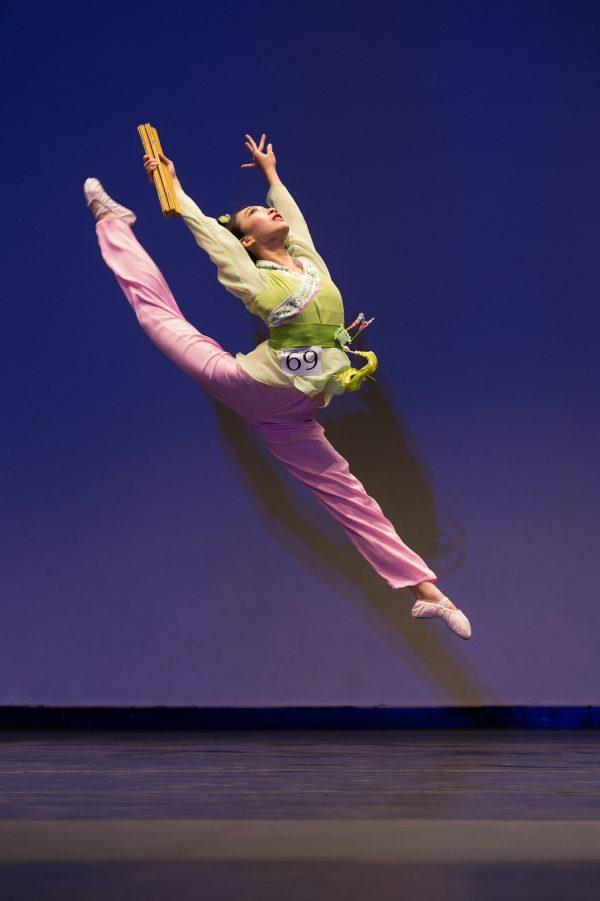
Living alone in a crude cave dwelling, Wang Baochuan “had to overcome all kinds of hardships. But she was not fearful, and she simply persisted in waiting,” Kaidi says. Eighteen years later, she was finally rewarded when she reunited with her beloved husband, who had returned triumphantly from the battlefield. Kaidi says that in Wang Baochuan, she saw loyalty, perseverance, and selflessness—all characteristics she admires.
As part of Shen Yun Performing Arts, Kaidi is not only reviving traditional Chinese dance but also showcasing the values of the ancients. Back then, the paragon of a Chinese woman epitomized refinement, grace, and virtue, things swept under by the tides of modernity.
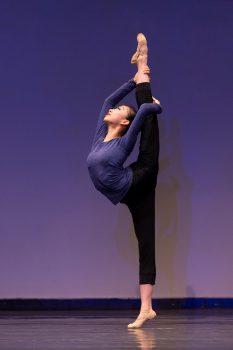
A Shen Yun Dancer’s Tranquil Mind
When speaking about the challenges of learning classical Chinese dance, Kaidi reveals that her biggest challenge was mental, not physical. A teacher once told her that she was not steady enough as a dancer, as if holding her breath on the surface. She was like a leaf that drifted about at the whims of the breeze. “I easily became nervous,” Kaidi says.Over time, she realized the source of the problem. “I worried about how others would view me. If I thought about myself, I would become more nervous.” She thus had to learn to calm her mind and dispel the insecurities that distracted her.
Beginning in 2012, Kaidi was given lead roles in dances in Shen Yun’s world tours. Her new roles brought on more responsibility, and it became more important for her to maintain a steady mindset. “You can’t stand out by yourself,” Kaidi says. Instead, she strives to assimilate to the larger body, to perfect the performance as a whole.
“We are all doing the same thing. One person’s strength cannot match what the group has as a whole,” Kaidi says. Over time, she learned to focus less on herself and to adapt to those around her, putting their needs above her own. Only then could her performances truly move audiences.

Dancing With Shen Yun Helps Fulfill Her Purpose
As a dancer, Kaidi evokes not only the grace of celestial fairies and imperial palace maidens but also the dignity of modern-day heroes. In Shen Yun’s 2017 world tour, in the piece titled “A Child’s Choice,” she played an orphaned girl who later discovers the truth behind her parents’ deaths. As practitioners of the Chinese spiritual discipline Falun Dafa, they had been brutally killed by the Chinese communist regime for their faith.Kaidi speaks of these past circumstances lightly, and she laughs as she recalls how clueless she was back then. Although her own suffering was relatively minor, she feels for her fellow Falun Dafa practitioners in China who have lost their freedoms, their careers, and even their lives as a result of the persecution. She thus cherishes opportunities to portray these stories on stage. “Many people say they cannot believe this is happening in China. Many people also say they were moved to tears,” Kaidi says. At these moments, she feels in her heart, “We didn’t do this for nothing. Everything we do is worth it.”
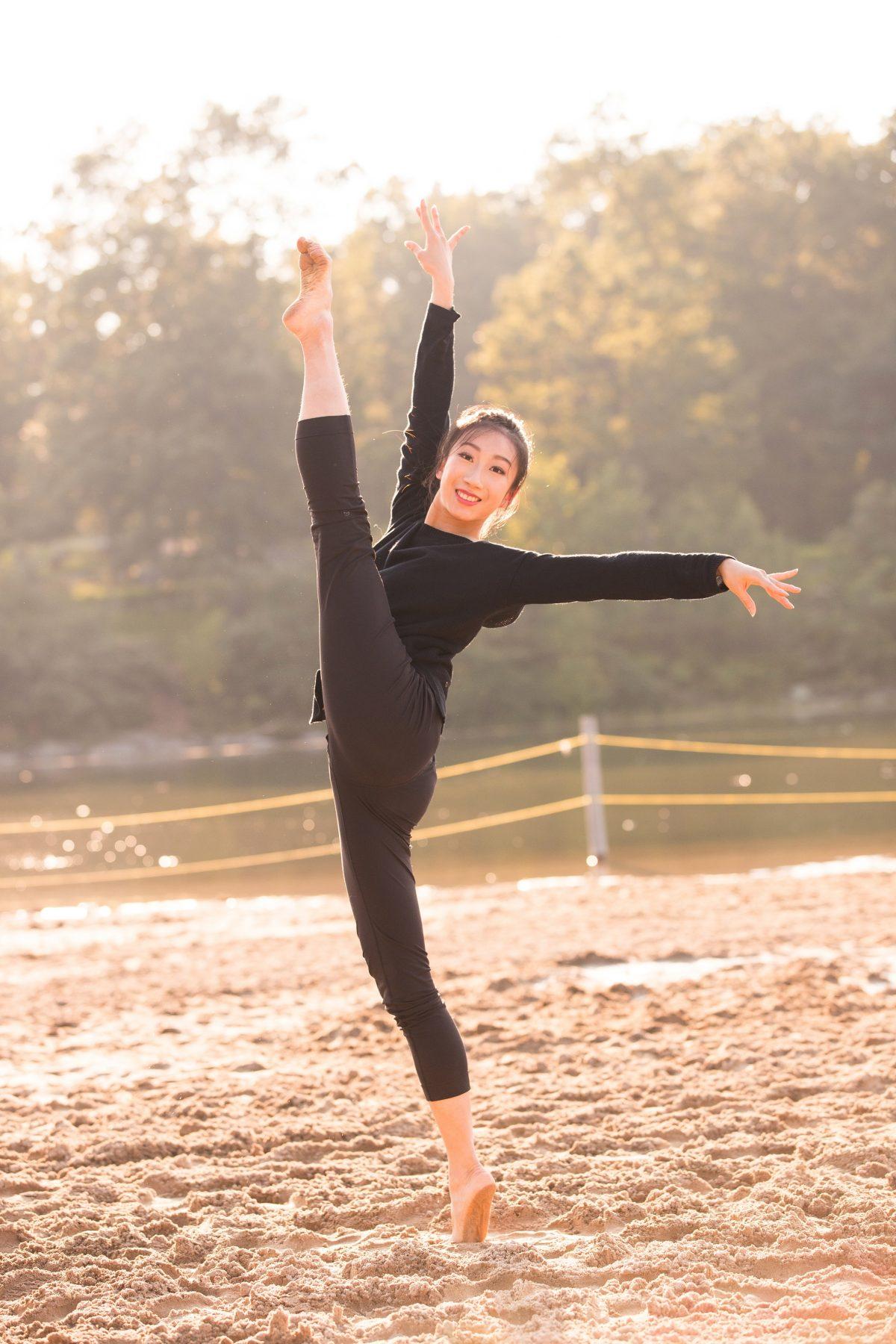
As our interview concluded, we set off for a photoshoot in a nearby park. At our last stop on the sandy beach of a lake, we asked Kaidi to perform a few dance poses and leaps. She found a nearby wooden pole to lean on as she stretched, and she pressed on it two or three times to check its sturdiness. In the next second, she had kicked her leg effortlessly behind her head to form a straight line pointing to the heavens.
As she took off her sneakers for the photoshoot, we saw that her toes and heels were covered in scars, the battle wounds of a professional dancer. But she seemed not to notice the existence of these wounds. Wearing an unadorned black shirt, she leaped into the air with the brilliant colors of sunset as her backdrop, blossoming in time that seemed to stop. Her silhouette was like an imprint of her many years on stage, a decade of stirring splendor. Through it all, we see the warm smile on her face, gentle and sincere, accompanied by the radiant hues of twilight.



